1. Shirley Temple
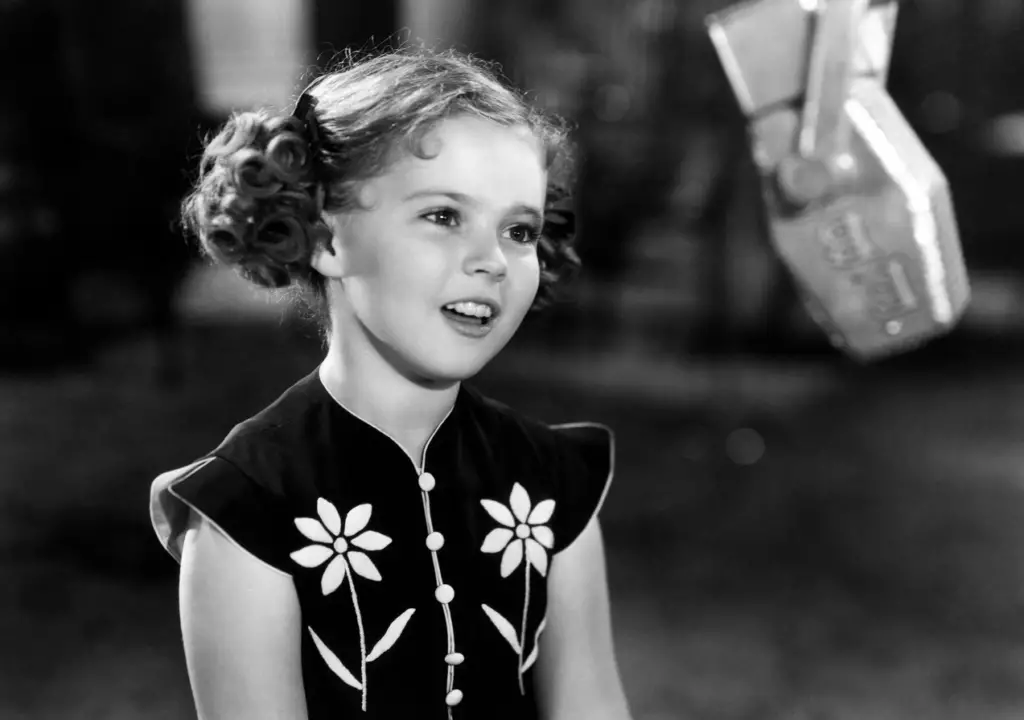
After being one of the most famous child stars in history, Shirley Temple’s life took a turn far away from movie sets. She had captivated audiences in the ‘30s and ‘40s with her curls, charm, and dance numbers, but by the 1960s, she had left acting behind completely. Instead of pursuing more film roles, Temple shifted her focus to family life and public service. Many assumed she might eventually return to Hollywood, but she never did, choosing instead to use her fame for causes she cared about.
In the late ‘60s and beyond, Temple became deeply involved in politics and diplomacy. She served as a U.S. ambassador to Ghana and later to Czechoslovakia, representing the country with grace and skill. She also worked at the State Department, taking on assignments that demanded serious negotiation skills and global understanding. After her breast cancer diagnosis in 1972, she became one of the first public figures to speak openly about the disease, encouraging women to seek early treatment. Her second act proved she could shine just as brightly outside of the spotlight.
2. Bobby Sherman
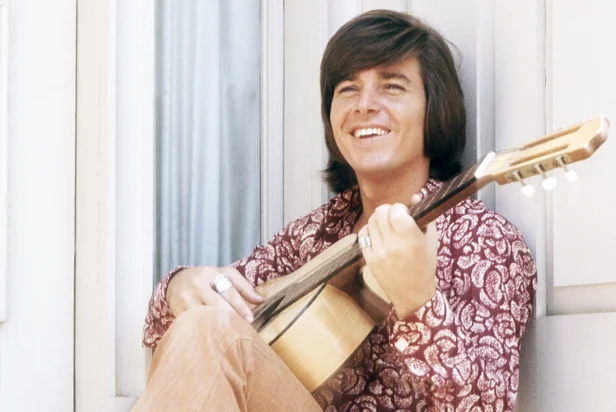
Bobby Sherman was a teen heartthrob in the late ‘60s thanks to his roles on Here Come the Brides and Shindig! as well as a string of hit songs like “Julie, Do Ya Love Me” and “Easy Come, Easy Go.” He seemed poised for a long career in music and acting, but he surprised everyone when he walked away from fame. At the height of his popularity, Sherman decided he wanted a quieter, more meaningful path. For someone with sold-out concerts and screaming fans, it was an unexpected decision.
He trained as an emergency medical technician and later became a police officer with the Los Angeles Police Department. Sherman also taught first aid and CPR to other officers, helped set up EMT programs, and worked on the police department’s motorcycle unit. He continued to perform occasionally for charity but mostly devoted his life to public service. Though fans missed seeing him perform, Sherman found purpose in saving lives, and he’s often said that helping someone in need was far more rewarding than applause.
3. Donna Reed
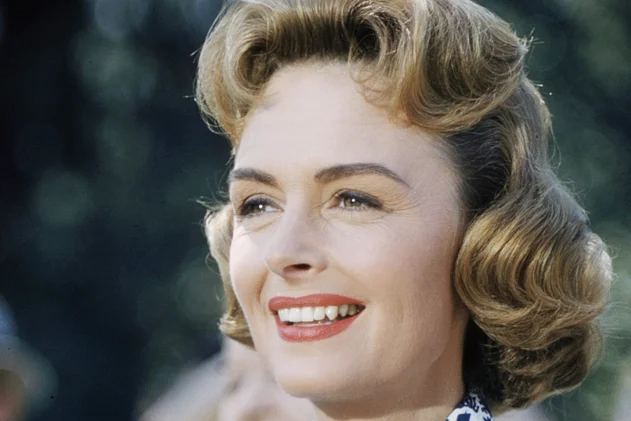
Known for It’s a Wonderful Life and The Donna Reed Show, Donna Reed was one of the most beloved actresses of her time. She won an Academy Award for From Here to Eternity and played America’s favorite mom for eight seasons on television. But by the late ‘60s, she had started stepping away from acting. Her career had been filled with accolades, yet Reed wanted a life that wasn’t dictated by Hollywood’s demands.
She shifted her attention to political activism and family life. Reed became involved in anti-war movements during the Vietnam era and co-founded Another Mother for Peace, an organization dedicated to ending war through education and protest. She raised four children and invested her time in community causes that meant more to her than red carpet events. Though she occasionally returned for select roles, her priority was living by her principles rather than the call of the cameras.
4. Peter Ostrum
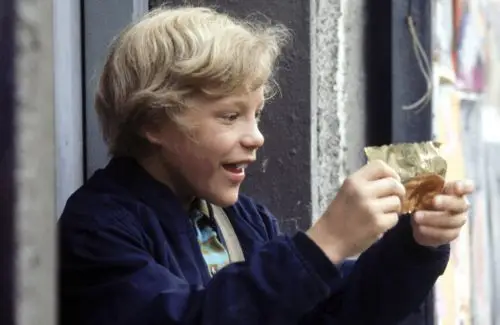
Peter Ostrum’s claim to fame came early when he played Charlie Bucket in Willy Wonka & the Chocolate Factory in 1971. Though the film has become a cult classic with generations of fans, Ostrum never acted again. He was offered a three-film contract after his breakout role, but he declined, deciding the Hollywood lifestyle wasn’t for him. It was a bold choice for a young actor at the very start of what could have been a lucrative career.
Instead, Ostrum pursued a career in veterinary medicine, earning his degree and eventually settling in Lowville, New York. Today, he works as a veterinarian specializing in large animals, caring for horses and livestock in the rural community. He has spoken fondly about his time on the film but has said he prefers the everyday satisfaction of his veterinary work. While many fans wish he had stayed in the entertainment industry, Ostrum has built a life rooted in service and connection to animals.
5. Jim Nabors
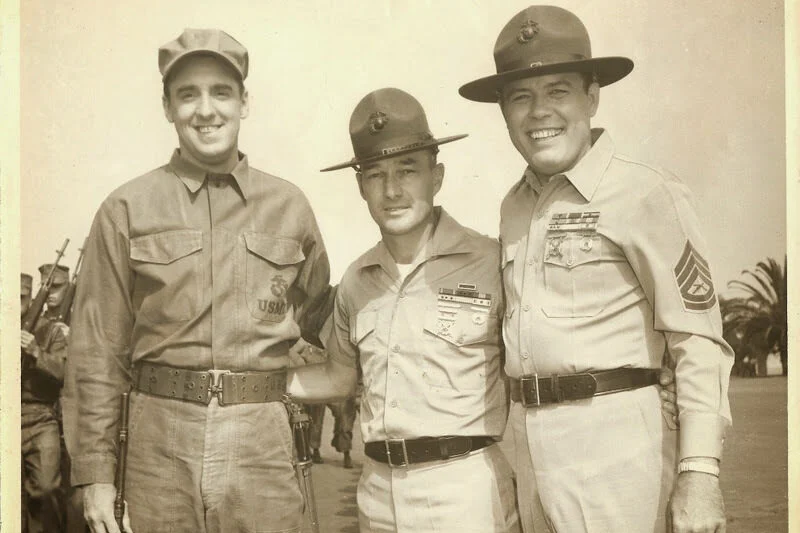
Jim Nabors became a household name as Gomer Pyle on The Andy Griffith Show and Gomer Pyle, U.S.M.C. His warm personality, comedic timing, and rich singing voice made him a TV favorite. Yet by the late ‘60s and early ‘70s, Nabors began limiting his acting work, choosing projects that interested him rather than chasing every role. He preferred focusing on music and enjoying a slower pace of life.
Eventually, Nabors moved to Hawaii, where he spent most of his later years. He ran a macadamia nut farm, performed in occasional concerts, and made rare television appearances. The move gave him the privacy and peace he wanted while still allowing him to connect with fans at his choosing. In interviews, Nabors said he never regretted stepping away from Hollywood’s hustle, finding joy in the simple pleasures of island life.
6. Julie Newmar
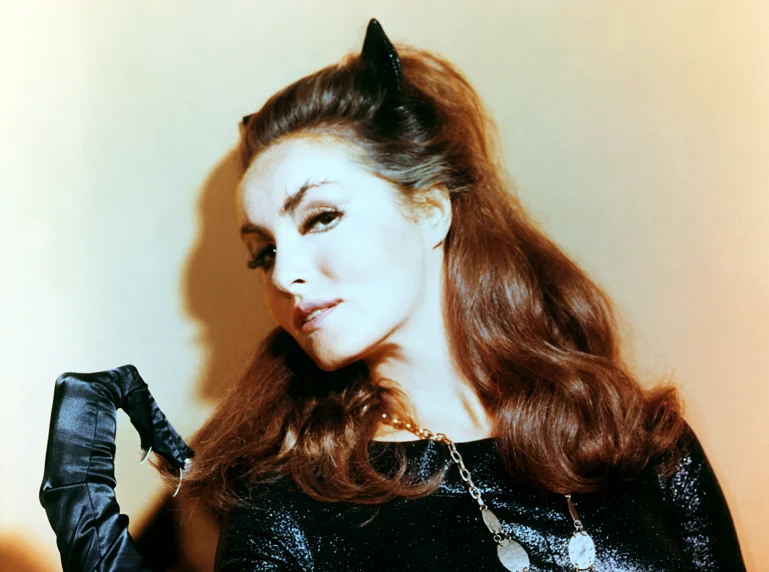
Julie Newmar’s portrayal of Catwoman on Batman in the ‘60s remains one of the most memorable performances of the decade. She was known for her striking looks, sharp wit, and scene-stealing roles. Yet she didn’t seek the constant attention that came with Hollywood. By the 1970s, she had stepped back from major acting work, preferring to focus on personal projects and entrepreneurial ventures.
Newmar turned her attention to real estate and became a successful property investor in Los Angeles. She also patented several inventions, including shapewear designed to enhance a woman’s figure. While she continued to make occasional guest appearances, her main focus was on building a stable, independent life. She has said that creating and owning something tangible gave her a different kind of satisfaction than acting ever could.
7. Clint Walker
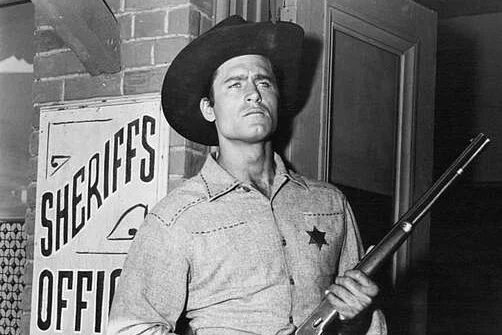
Clint Walker was the rugged star of the TV Western Cheyenne, winning over audiences with his quiet strength and towering presence. His role helped define the Western genre on television, but after the show ended and the genre’s popularity faded, Walker didn’t pursue as many acting opportunities. He had already proven his place in Hollywood history and seemed content to explore other avenues.
Walker worked as a security guard, lent his deep voice to narration work, and enjoyed traveling. He also took part in celebrity events and Western festivals, staying connected to fans without immersing himself in the business again. He found a balance between appreciating his legacy and living life on his own terms, far from the sound stages where he first made his name.
8. Veronica Lake
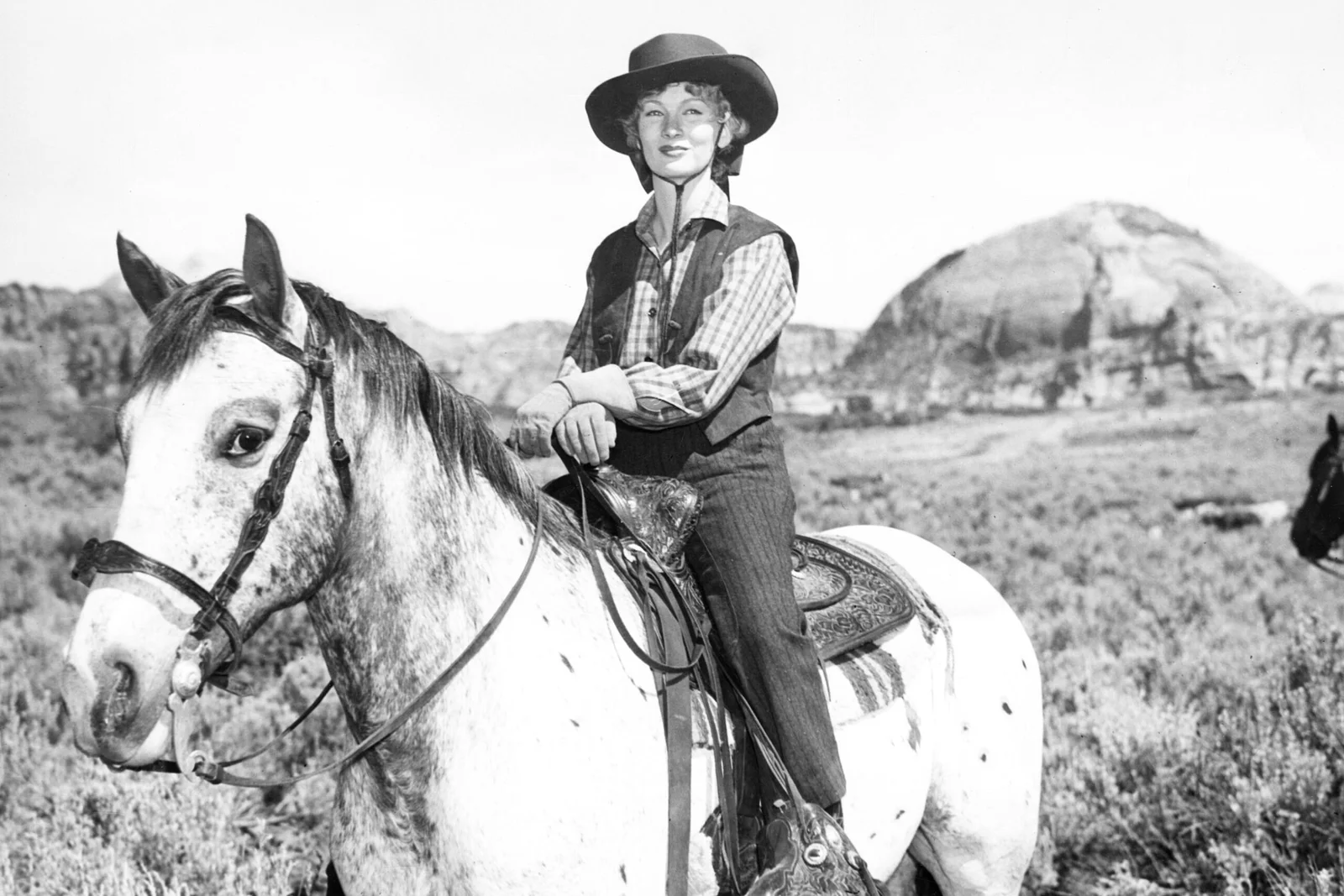
Veronica Lake was a major Hollywood star in the 1940s, famous for her sultry screen presence and peek-a-boo hairstyle. By the 1960s, however, she had completely stepped away from acting. The glamour of Hollywood had worn thin, and she sought a life where she could simply be herself without the pressure of constant image maintenance.
Lake took jobs as a waitress, bartender, and hotel manager, living a life far from the lavish world she once inhabited. In 1970, she released an autobiography, Veronica, in which she candidly shared her side of the Hollywood story. While her departure from acting was met with surprise, Lake seemed determined to live life her own way, even if it meant leaving the spotlight entirely.
9. George Maharis
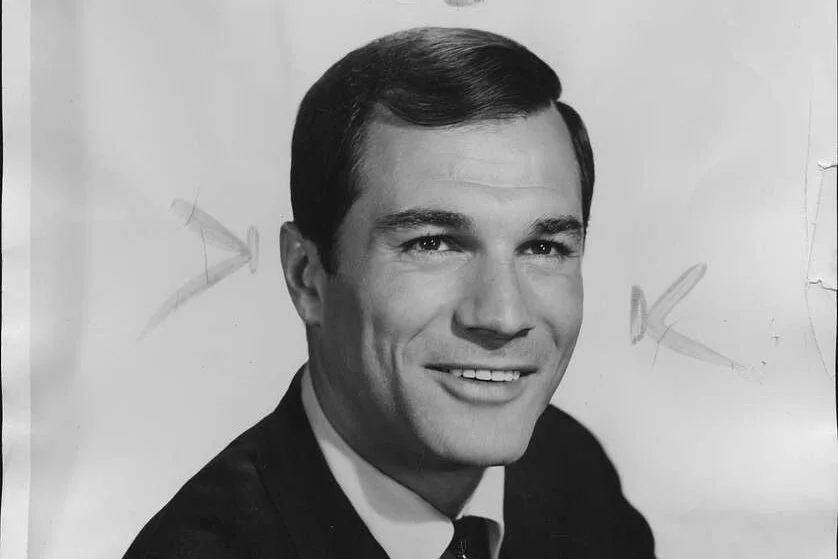
George Maharis became famous for his role as Buz Murdock on Route 66, a show that celebrated freedom and the open road. His departure from the series in the early ‘60s, due to hepatitis and disagreements over the grueling filming schedule, marked a turning point in his career. Though he appeared in other projects, he never regained the same level of stardom.
Maharis channeled his creativity into painting, creating works that he sold through galleries and private commissions. He also recorded a few music albums, showcasing his smooth singing voice. By focusing on art rather than acting, Maharis found a quieter form of expression that suited him in his later years.
10. Dack Rambo
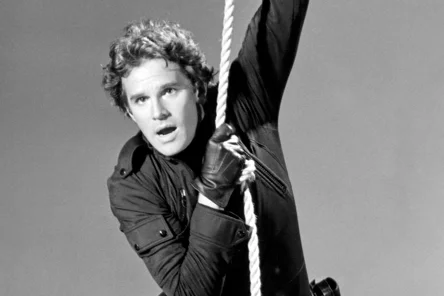
Dack Rambo was a handsome and talented TV actor, appearing in shows like The Guns of Will Sonnett, Peyton Place, and All My Children. He seemed set for a long television career, but his interests pulled him in other directions. Rambo valued his privacy and enjoyed life away from the constant attention that Hollywood brought.
He spent time ranching, traveling, and living a more rural lifestyle. While he returned to acting in the ‘80s with memorable roles on Dallas and Paper Dolls, he still maintained long stretches away from the screen. His choice to live quietly between acting jobs showed a willingness to walk away from the business whenever he needed a break.
11. Patty Duke
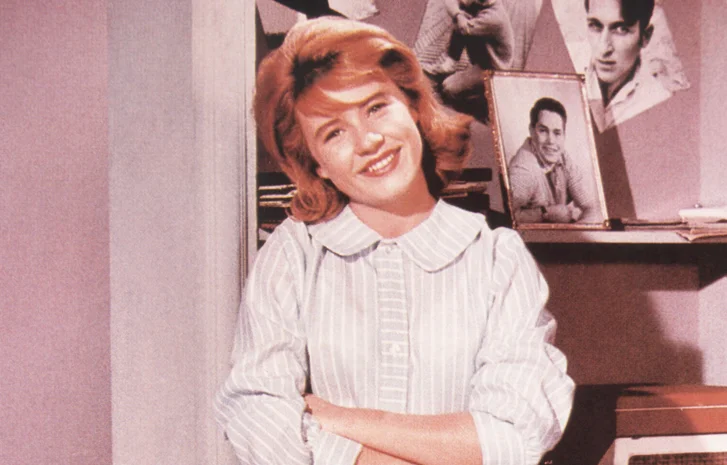
Patty Duke became America’s sweetheart in the early ‘60s with her Academy Award-winning performance in The Miracle Worker and her charming turn in The Patty Duke Show. Her career spanned decades, but as she got older, Duke began focusing more on advocacy than acting.
She became a passionate voice for mental health awareness, sharing her experience with bipolar disorder at a time when it was rarely discussed. Duke wrote books, gave speeches, and worked with organizations to help improve treatment and reduce stigma. While she continued to take occasional acting roles, she often said her most meaningful work was helping others through her advocacy.
12. James Drury
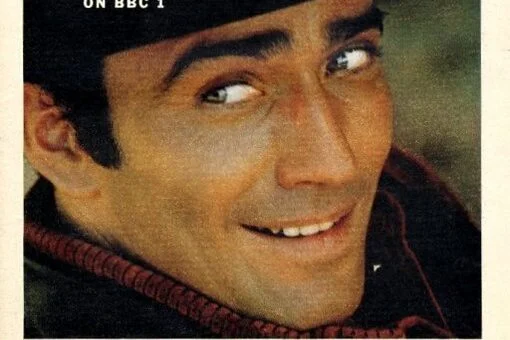
James Drury made his mark as the title character in The Virginian, one of television’s longest-running Westerns. The series was a massive success, but after it ended in 1971, Drury decided not to pursue nonstop acting work. Instead, he looked for opportunities that gave him more personal freedom.
Drury moved to Texas, where he got involved in the oil and natural gas business. He also made appearances at Western-themed events and fan conventions, staying connected to his audience in a way that was on his own schedule. For Drury, leaving Hollywood meant trading the fast-paced demands of acting for a steadier and more private lifestyle.


